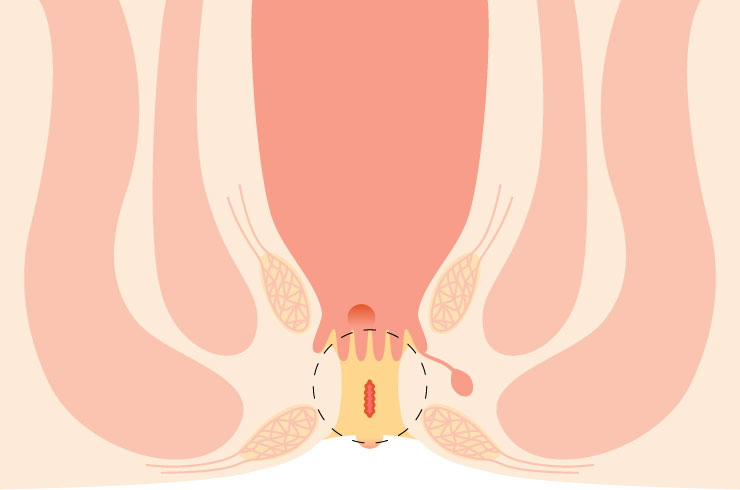
Understanding Anal Stricture: Causes, Symptoms, and Treatment
Anal stricture, also referred to as anal stenosis, is a condition in which the anal canal becomes abnormally narrow, making the passage of stool difficult and often painful. This narrowing usually results from scar tissue formation due to previous surgeries (especially hemorrhoidectomy), trauma, chronic inflammation, infections, or diseases like Crohn’s disease. In some individuals, repeated anal fissures or congenital abnormalities can also cause the anal tissues to harden and contract. The condition disrupts normal bowel movements and can significantly affect a person’s daily routine and quality of life. Symptoms commonly include straining during defecation, pain, a feeling of incomplete evacuation, thin or ribbon-like stools, and occasional bleeding. Chronic constipation or stool impaction may develop if the narrowing becomes severe.
Diagnosis of anal stricture involves a careful physical examination, supported by tools like anoscopy or sigmoidoscopy to assess the extent and cause of the narrowing. Management depends on severity. Mild cases may improve with high-fiber diets, stool softeners, warm sitz baths, and gentle anal dilation performed under medical guidance. In more advanced or unresponsive cases, surgical procedures like strictureplasty or anal advancement flaps may be required to restore normal canal width. Post-procedure care focuses on preventing recurrence through proper hygiene, avoiding constipation, and regular follow-ups. With accurate diagnosis and timely treatment, most patients can return to comfortable and regular bowel habits.
